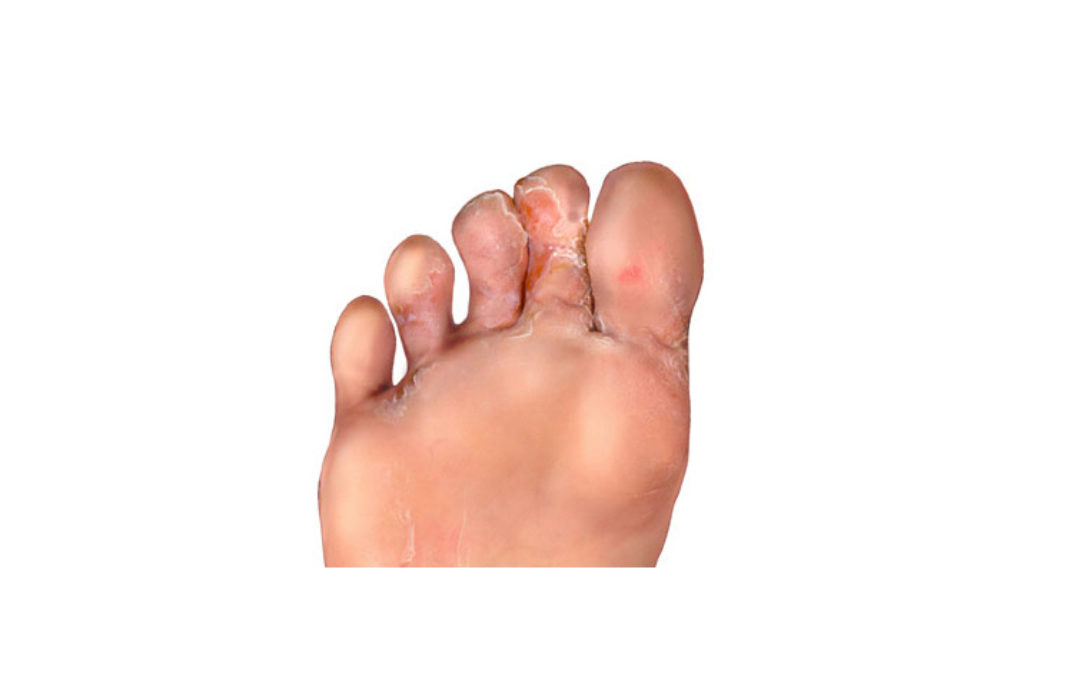Have you seen the feet on 6-seat?! Hygiene in the boathouse.
Did you know that up to 25% of people suffer from the fungal infection that causes Athlete’s Foot? That potentially equates to 2 seats in your 8 with gross foot fungus! Everyday as rowers we are used to sharing shoes and equipment but this is now no longer needed, nor is it good enough. Hygiene in the boathouse is paramount.
Athlete’s Foot is one of the most common contagious foot diseases. Also known as Tinea Pedi or Ringworm Of The Foot, it is a fungal infection that affects the upper layer of the skin and can be transmitted by direct contact (skin to skin) or from surface contact (shoes, floors, mats etc).
The skin is most susceptible when it is warm, moist and irritated or compromised, such as with blisters or abrasions. Sound familiar rowers?!
The fungus that causes athlete’s foot is called Trichophyton. This fungus will not infect the skin if conditions are not right – it requires a warm and moist environment as mentioned and because of this, only about 0.75% of people who regularly walk about barefoot are affected. The conditions in a rowing shoe are perfect however.
What will it do to me?
The skin on the foot, especially between the toes becomes Itchy – there is can also be sensations of stinging or burning. The skin may become dry, flaky, red and or scaly. Athlete’s foot typically develops between our toes and occasionally on other parts of our feet. In severe cases there may be cracking of the skin which can be painful and exposes the patient to further infections.
If left untreated, there is a risk that the infection spreads across the whole foot or onto other regions of the skin.
Facts:
-Up to 25% of the population have fungal foot infections – are you ok with yourself or your kids sharing shoes?
-Foot health is linked to general well being – the feet are a common site for infection transmission
-Your nails are an indicator for your health but can be severely affected by fungal infection
-Moist, warm shoes that don’t see the light of day are an ideal environment for germs and fungus to flourish
How do I treat it?
Many medications are available to treat this disease – some in the form of powders or foot washes and it is key to keep the feet as dry as possible when infected.
Treatment for Athlete’s Foot should generally be continued for four weeks or at least one week after all of the skin symptoms have cleared. More advanced or resistant cases of Athlete’s foot may require a course of an oral anti-fungal.
We recommend seeking medical advice if you believe you are infected.
How Can I avoid Athlete’s Foot:
-Wearing protective socks in all shared shoes
-Keeping rowing shoes dry and well maintained
-Using your own shoes, as is now possible with the ShoePlate Pro QuickRelease
-Keeping general good health and not letting yourself get too rundown can help with all immune resistance
It’s our strong belief that the practice of sharing shoes between all athletes is antiquated and there should be a shift in line with all other sports to wear your own shoes that fit and aren’t a breeding ground for bacteria. Would you go for a run in your crew mate’s joggers or compete in a road race in some else’s cycling cleats?

